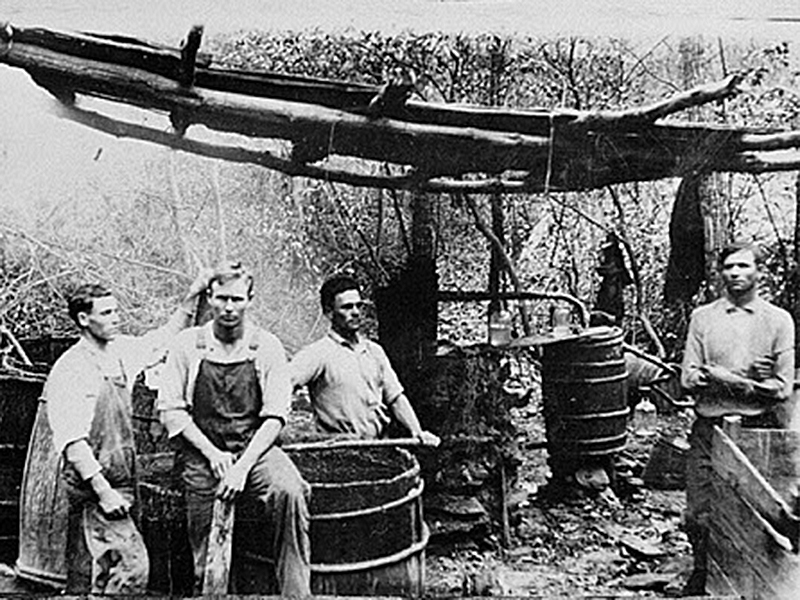Gilmer County Genealogy, Wills, Estates, Guardianships, Marriages
Gilmer County was created from Cherokee County on Dec. 3, 1832, by an act of the General Assembly (Ga. Laws 1832, p. 56). Early settlers: Joseph Anderson, William A. Barrows, Jessee Charles, John A. Davis, E. T. Foote, John Fouts, John Goble, Lindsay Harper, Jesse Jarrett, P. H. Kennesaw, Robert Orr, Joshua Mooney, Daniel Quillian, Joseph Slate, D. F. Tankersley, Silas Whitaker, and Aldred Young.
Marriages
- Index to Gilmer County Marriages 1834-1837
- Index to Gilmer County Marriages 1835-1852
Indexes to Probate Records
- Gilmer County Bonds (Guardianships, Administrators) 1836-1854.
- Will Book 1853-1914.
- Wills and Estates (1853-1914).
- Gilmer County Will Book B.
Names of testators: Alexander, Robert, orphans of
Alexander, Robert
Barnes, Brinsley
Burch, John
Chastain orphans
Collins, Wiley
Dickey, George
Dickey, John
Ellington, William, estate
Ellington, orphans
Ellington, orphans, Annual Returns of
Fincannon, W. M., LWT (1910)
James, Sharud
Johnson, orphan
Jones, James
Kincade, James
Mashburn, Thomas
Moreland, John, orphans of
Pence, Absalom
Pritchett, Gilbert
Rawlston, David
Reid, William
Smith, Enoch
Tate, John
Wakefield, Charles
Whitmire, William
Wilkins, Isaac
Williams, Greif
Online Images of Wills and Estates (1853-1914)- Names not listed due to lack of space
Moonshine Still near Ellijay, Georgia. ” Ayres Jones was a character. Lieutenant McIntyre of the United States Army was killed while assisting US deputy marshals to raid Gilmer County in the spring of 1878. There was a mystery about the killing of McIntyre which needed clearing up. At the time, it was thought that Ayres Jones and his brother were guilty of this killing. For months, deputies sought out Ayres Jones and his brother, to bring them to trial. They lived in the wildest and most thinly populated portion of Georgia, and knew the mountain paths well, so they were able to elude and defy arrest. About a year after McIntyre was killed, however, the Jones brothers were captured by a bold plot to share them, planned by Deputy Marshal J. B. Gaston and two assistants. When the brothers were brought into Atlanta, they looked more like wild men than dwellers in a civilized community, having long, wiry, black hair which fell loosely over their shoulders, and thick beards. The brothers were giants in form and their eyes had a ferocious, but a furtive glance, which betrayed their fiery nature. The United States District Court tried them, but they were acquitted because of a lack of evidence. Upon their release, they returned to Gilmer County but did not settle in the old places. The glimpse they had gotten of the civilized world upset their former habits. Before capture had never seen a locomotive and knew nothing of the ways of the world. From mountain desperadoes, they were converted into wily moonshiners, who depended on cunning more than reckless behavior. But it was not too long before Ayres Jones and his brother were heard of again, not in connection with the homicide, but as crafty and successful evaders of the revenue detectives who sought out the dens of mountain moonshiners. Warrant after a warrant was produced, but they could not be found. Source: The Constitution, Atlanta 8-18-1885.

